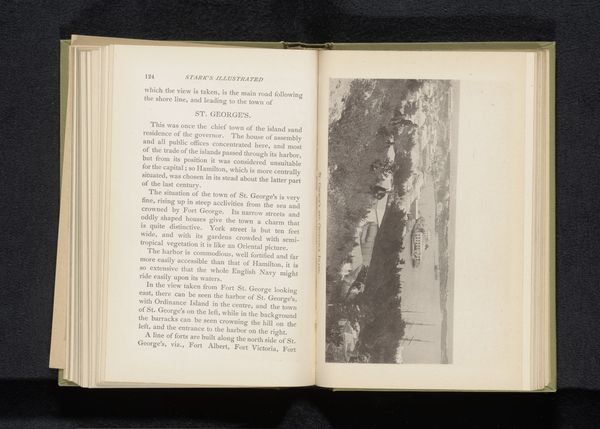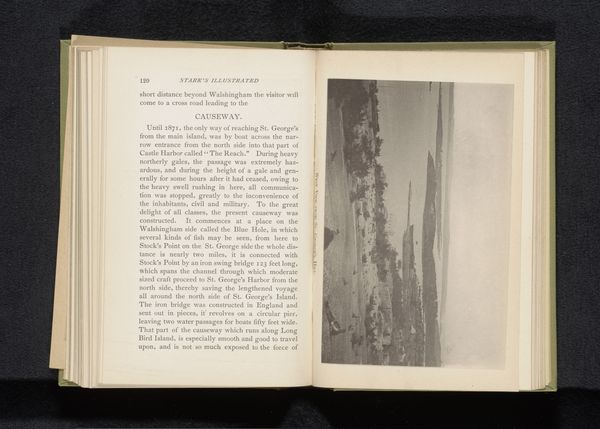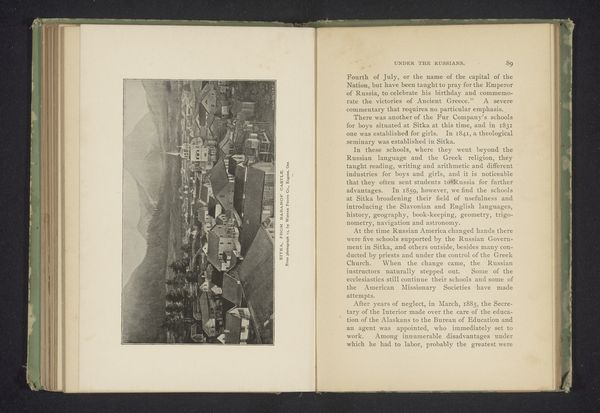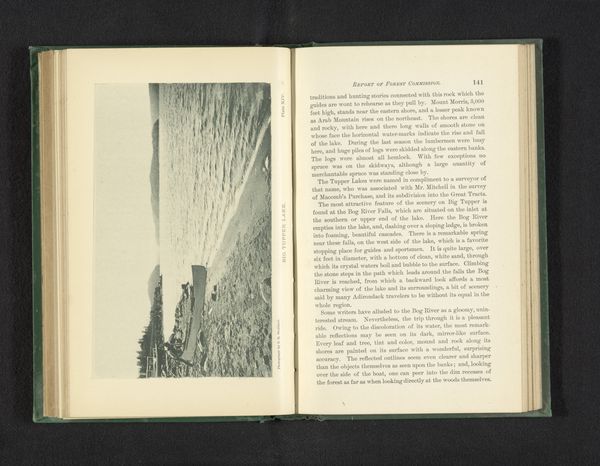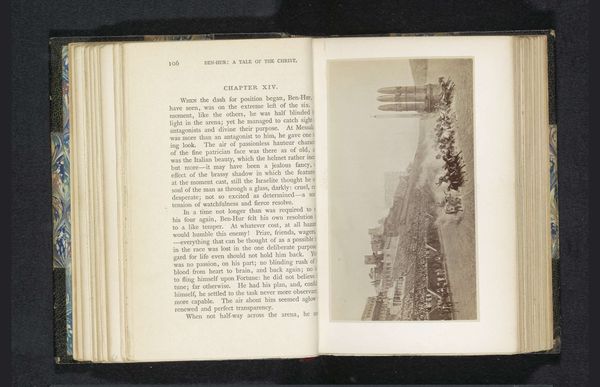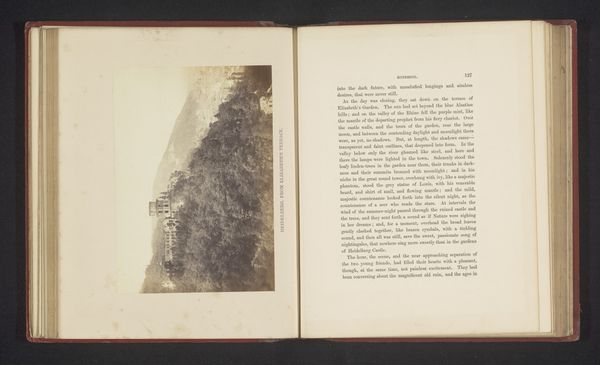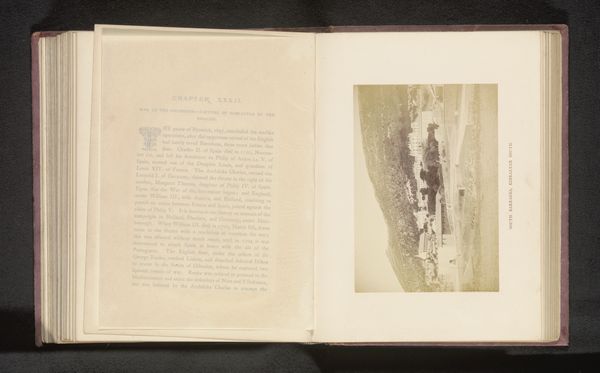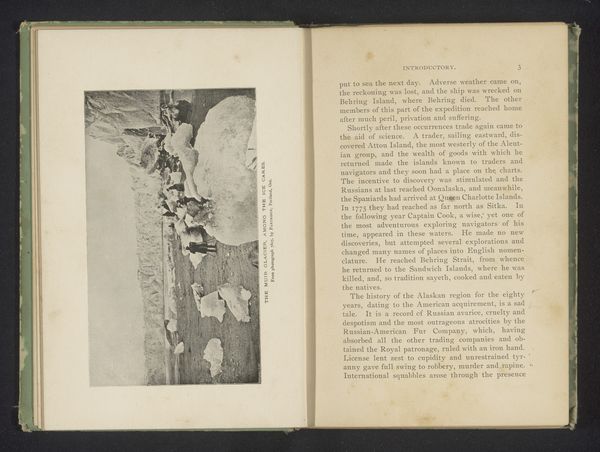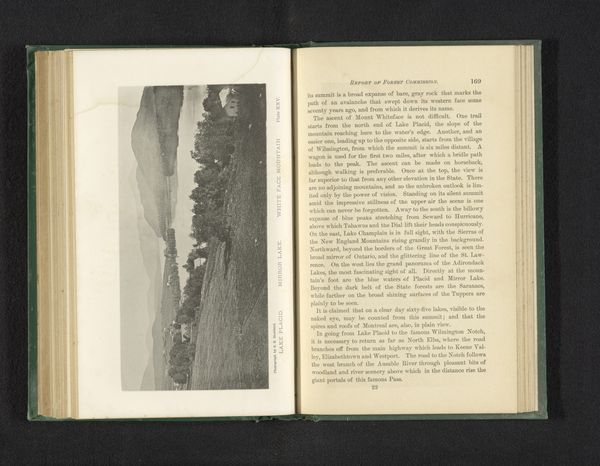
print, photography
# print
#
photography
#
cityscape
Dimensions: height 89 mm, width 140 mm
Copyright: Rijks Museum: Open Domain
Curator: Here we have Giacomo Brogi’s “View of Florence,” a photograph taken before 1863, presented within the pages of a book. Editor: Yes, it's an interesting format. It evokes a sense of looking at the past through the present. The sepia tones give it a romantic feel, but the density of the cityscape also speaks to rapid urbanization. What can you tell me about the historical context of an image like this? Curator: Precisely. The romantic and the rapid are key tensions. This image speaks volumes about the intersection of technological advancement and societal change. Photography itself was revolutionary, democratizing image-making while also shaping perceptions of reality and urban development. Editor: In what way? Curator: Photography's ability to capture detail allowed for a new kind of documentation of cities, influencing urban planning and colonial projects. Consider, who had access to such images and what purposes did they serve? What does it mean to frame Florence this way, likely for a privileged, Western gaze? This image, like many of its time, actively participated in constructing a narrative about progress, while potentially obscuring other social realities of Florence. Who benefits from such narrative, and who might be marginalized? Editor: So, it's not just a neutral depiction, but an active participant in broader power dynamics of the time. Curator: Exactly. By situating this cityscape within its socio-political landscape, we start to unravel the layers of meaning embedded within its visual frame. Editor: That’s a powerful perspective. I will consider that next time. Curator: Excellent! That’s the beauty of art history—connecting the image to a broader, more critical understanding.
Comments
No comments
Be the first to comment and join the conversation on the ultimate creative platform.

